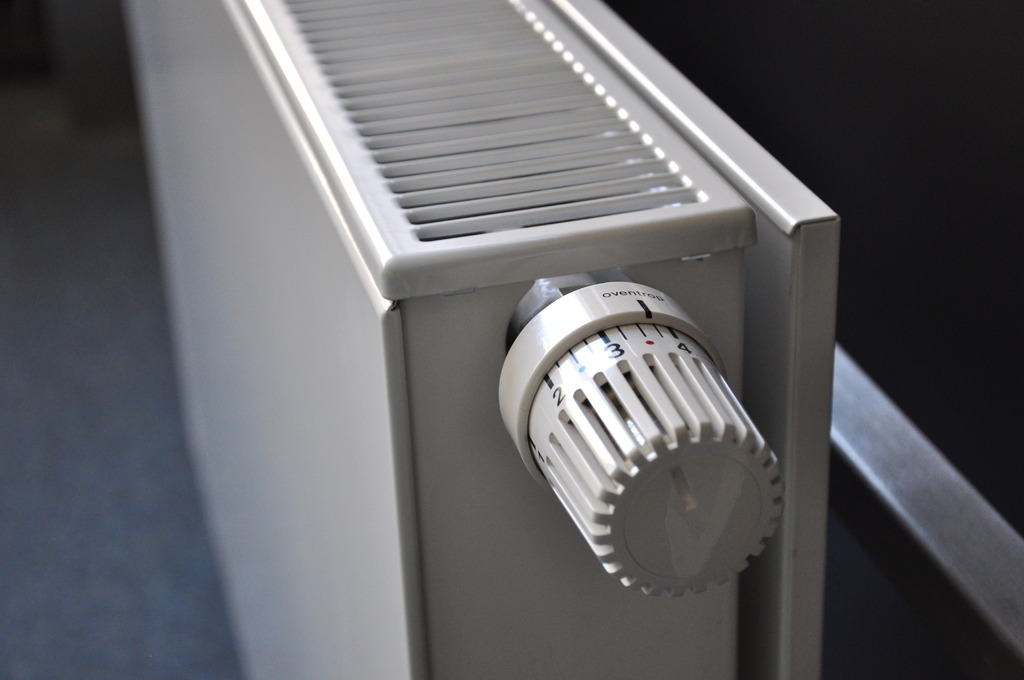Heating is a part of the HVAC system, which stands for Heating, Ventilation, and Air Conditioning. When the cold days come, heating is going to be a lifesaver.
However, the HVAC system tends to get damaged from time to time, and the repair can cost way too much!

To avoid such unnecessary costs, you need to ensure that your HVAC undergoes a maintenance check every now and then for that you can check AC Replacement Services | Brenovations HVAC
When it comes to heating, in particular, there are quite a few things you need to pay attention to.
We are going to give you a few tips on how to maintain your home heating system. Stick around to find out how to keep your system in good condition!
If you are looking for reliable HVAC solutions, learn more here!
Central heating is a system that exists to increase and then regulate the temperature of your house in cold weather. It is of high importance in colder places, and the temperature outside is sometimes unbearable.
Such systems must have a furnace, which is generally located in the garage or basement. A furnace is also called a boiler, and its main purpose is to heat the air and blow it through ductworks in order to heat the house.
The furnace consists of a number of components, such as:
1) burners,
2) heat exchangers,
3) ductworks,
4) a flue,
5) a blower,
6) a control system.
There are four main types of furnaces:
Their efficiency can soar as high as 98%, they are highly economical, and most homeowners opt for these furnaces!
They are a bit less efficient than natural gas furnaces, but their upfront cost is lower.
These are cheap, easy to install, and will last you up to 10 years which is longer than any other furnace’s shelf life. However, they consume a lot of electricity, so your energy bills can see a sharp rise!
As a byproduct of oil and gas, propane is the best option if the two are not readily available in your area.
Read Also:
Now that we’ve established what home heating is and what it consists of, we are bringing you a couple of tips on how to keep it in good shape!
If you notice that your heating system is malfunctioning for whatever reason, you should turn off the furnace before you try to fix the problem!
This safety precaution needs to be followed to avoid damaging the system and your own health! If you are not sure about fixing the furnace on your own, please call technicians to help you with this.
Filters are in use every single day, and a lot of dust gets to them. Dust might slow down the system as they build up within the filters.
This is why you must regularly maintain your HVAC. Clogged filters are very inconvenient, and you should consider changing them at least every 90 days!
You can also clean the filters–this lowers utility bills. Dirty filters take up much more energy than clean ones.
The outdoor parts of your HVAC system must be in the clear. Nothing should be around them within a two-meter radius.
This is also considered regular maintenance, as you need to make sure to cut any back limbs, remove the branches, and clean the area in general. Every part of the unit must be reachable in case of emergencies!
If you have an older gas furnace, there is something called ‘pilot light.’ Simply put, it is a blue flame, which ensures the ignition of the burners.
You should pay close attention to the color of this flame because it shows whether or not the gas is burning properly!
As mentioned earlier, if the flame is blue, this means that your furnace is functioning as it should! However, if you see any other color, the furnace is most likely malfunctioning. Make sure to contact professionals immediately!
A thermostat can also be an indicator of a malfunctioning furnace. Try setting the temperature on the thermostat to warm and listen for sounds.
If the furnace is not working properly, you will hear some rumbling in the vents. This is a telltale sign that it needs some maintenance!
A heating system consists of many components that need to be inspected regularly. Try to remember what everything looks like at its normal state so you can check for malfunctions later on.
However, if you find this too difficult, seek expert help because it is a much safer option. Do not forget to ask the professionals if they have any advice regarding your system.
All HVAC systems have a drain line that must operate properly for the entire system to work well.
If you notice that the system is significantly slower than usual, that probably means that your drain line needs unclogging. Do not worry because this is easy to fix!
Firstly, locate the drain line. Secondly, use bleach, or even vinegar, to get rid of debris and dirt. Let it sit for about 30 minutes, and you are good to go! You might want to repeat this process every month.
Do not forget to walk around the house and check the ductworks every once in a while to ensure that the air coming from the vents is uninterrupted. Keep in mind that the vents should be open during the process.
If you notice any problems, this might be a sign of torn ducts or debris inside. Again, make sure you call professionals to help!
An HVAC system is an essential component of your home. It is both expensive and useful. This makes it a prized possession which you should look after at all costs! Regular maintenance will help you avoid unnecessary damages, costs, and possible health threats!